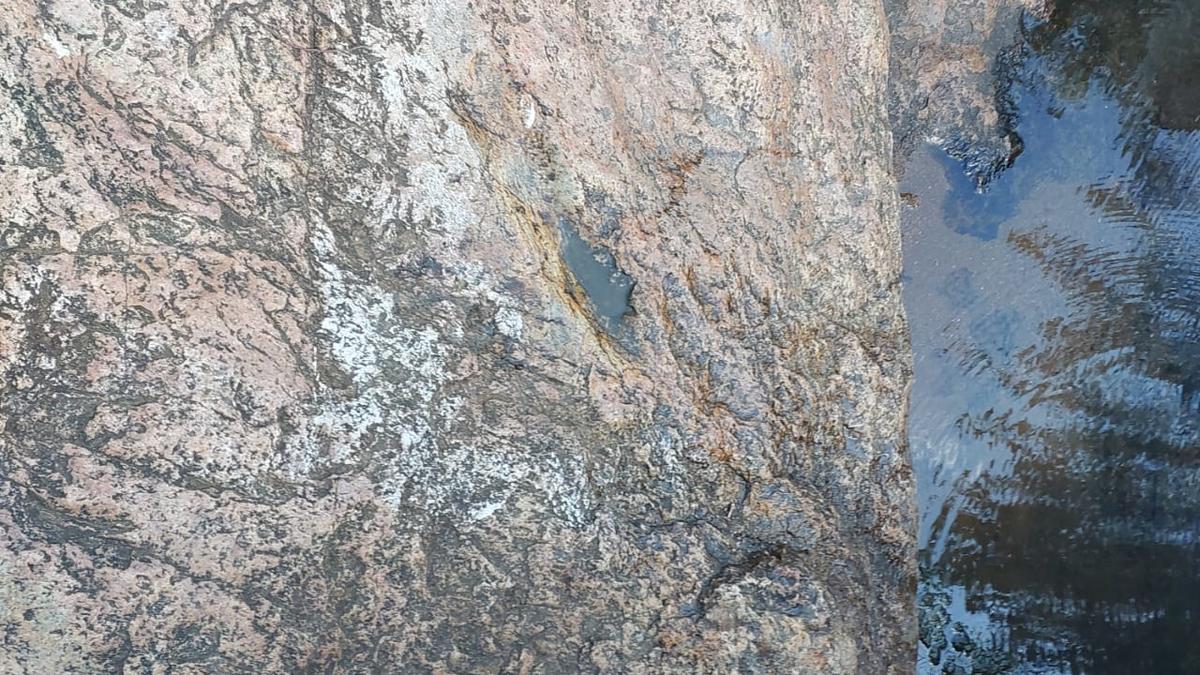Boothapandi Rock Grooves

- 01 Jun 2025
In News:
The Archaeological Survey of India (ASI) has recently unearthed one of the first known Neolithic rock grooves in Kanniyakumari district, Tamil Nadu, specifically near Boothapandi village. These grooves—estimated to be around 4,000 years old—were likely created by Neolithic people to sharpen tools and weapons used for hunting, agriculture, and digging.
The discovery was made during a field study conducted by K. Hari Gopalakrishnan, ASI Officer (Tirunelveli &Kanniyakumari), and M. Faisal of the Sembavalam Research Centre. The grooves vary in size:
- Length: 8 cm to 15 cm
- Width: 3 cm to 4 cm
Such grooves have also been previously documented in Krishnagiri, Tiruvannamalai, and Villupuram districts of Tamil Nadu. The find strongly suggests the presence of Neolithic human activity in southernmost India and adds a significant layer to our understanding of prehistoric settlements in the region.
Neolithic Age
The Neolithic Age (New Stone Age) marks the final stage of prehistoric human evolution before the emergence of metal tools. Beginning around 10,000 BCE, it coincides with the Holocene Epoch and follows the Paleolithic Age (chipped-stone tools) and precedes the Bronze Age.
Key Features of the Neolithic Age
- Lifestyle Shift: Transition from hunting-gathering to agriculture and animal domestication.
- Permanent Settlements: Emergence of village communities with mud-and-reed houses, both rectangular and circular in design.
- Toolmaking: Development of polished and ground stone tools.
- Crafts and Culture: Rise of pottery, weaving, alcohol production, and early architecture.
- Burial Practices: Use of status objects (e.g., jade, pottery) in burials indicates belief in afterlife and emerging social hierarchies.
- By the end of the Neolithic era, copper metallurgy began, marking the Chalcolithic (Copper-Stone) Age. Eventually, bronze tools replaced stone ones, signaling the end of the Stone Age and the dawn of early civilizations.
Major Neolithic Sites in India
- Burzahom – Kashmir
- Chirand (Chiron) – Bihar
- Uttarapalli – Andhra Pradesh
- Edakkal Caves – Kerala
- Boothapandi (newly identified) – Tamil Nadu
